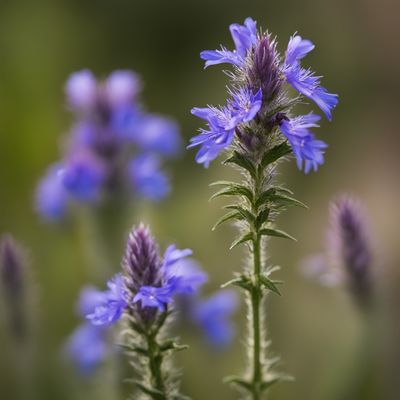
Ingredient
Perilla seeds
The Nutty Delight: Exploring the World of Perilla Seeds
Perilla seeds are small, oval-shaped seeds that come from the Perilla frutescens plant, a member of the mint family. They have a dark brown color and a slightly glossy appearance. With a nutty and earthy flavor, perilla seeds offer a delightful crunch and a hint of sweetness. The texture is similar to sesame seeds, but with a slightly softer bite.
Origins and history
Perilla seeds have a long history in Asian cuisine, particularly in Korea, Japan, and China. They have been cultivated for centuries and are deeply rooted in the culinary traditions of these countries. Perilla seeds were traditionally used for their medicinal properties and were believed to have anti-inflammatory and digestive benefits.
Nutritional information
Perilla seeds are a good source of omega-3 fatty acids, which are beneficial for heart health. They also contain essential minerals such as calcium, iron, and magnesium. Additionally, perilla seeds are rich in antioxidants, which help protect the body against oxidative stress.
Allergens
Perilla seeds may cause allergic reactions in individuals who are sensitive to nuts or seeds.
How to select
When selecting perilla seeds, look for ones that are fresh and have a deep, rich color. Avoid seeds that appear dull or discolored, as they may be stale. It is also important to check for any signs of moisture or mold, as this can indicate poor quality.
Storage recommendations
To maintain the freshness and quality of perilla seeds, store them in an airtight container in a cool, dark place. This will help preserve their flavor and prevent them from becoming rancid. Properly stored perilla seeds can last for up to six months.
How to produce
Perilla seeds can be grown at home by planting perilla frutescens seeds in well-draining soil and providing them with ample sunlight. They are relatively easy to grow and can be harvested when the seed pods turn brown and dry.
Preparation tips
Perilla seeds can be used in a variety of ways. They can be toasted to enhance their flavor and aroma before being added to dishes. They are commonly used as a topping for salads, rice dishes, and stir-fries. Perilla seeds can also be ground into a powder and used as a seasoning or incorporated into sauces and marinades.
Culinary uses
Perilla seeds are commonly used in Korean cuisine to add a nutty and crunchy element to dishes. They are often sprinkled over bibimbap, a traditional Korean rice dish, or used as a garnish for soups and stews. In Japanese cuisine, perilla seeds are used in furikake, a seasoning blend that is sprinkled over rice or used as a topping for sushi rolls. They can also be ground into a paste and used as a filling for sushi or added to dressings and sauces for added flavor.
Availability
Perilla seeds are commonly available in Asian grocery stores and online. They are cultivated in countries such as Korea, Japan, China, and India.


